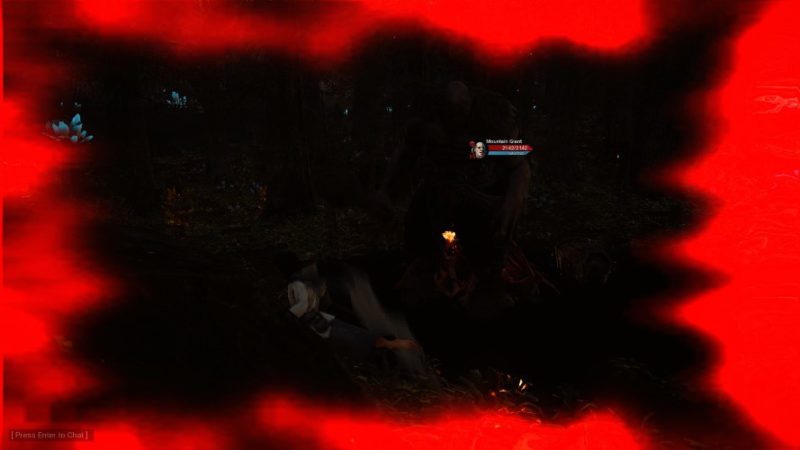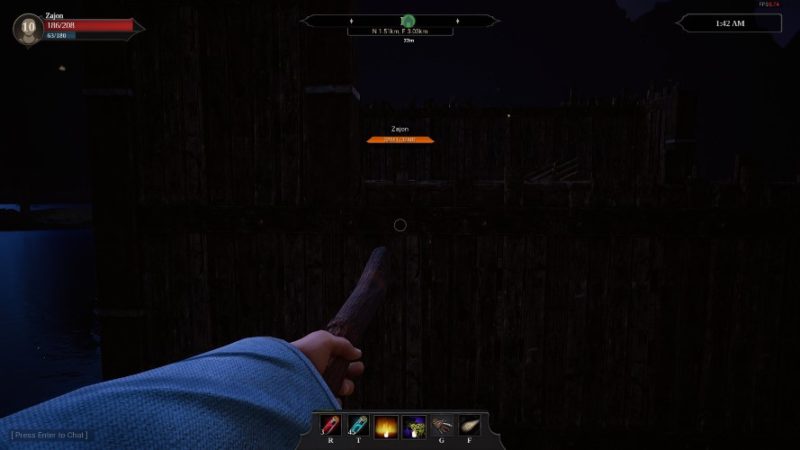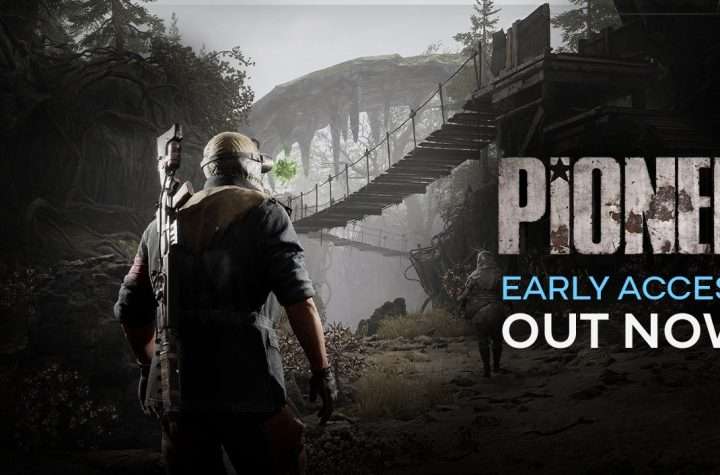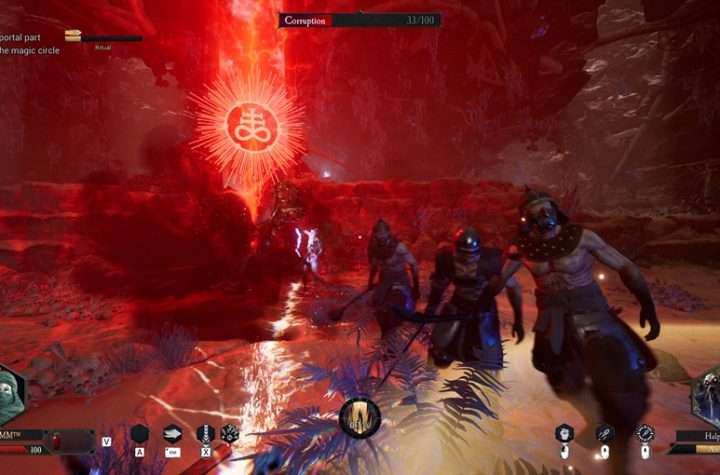Citadel: Forged with Fire by independent developer Blue Isle Studios is an online adventure-survival game with a focus on wizardry. In it, you can fight orcs and zombies, go adventuring with friends, build a base, tame creatures, or fight other players.
Each of the game’s spells can be assigned to one of four weapon types. In fact, many spells only work with one type of weapon. The weapon types are wands, staffs, gauntlets, and melee. Wands are good against a single opponent. Staffs are like wands, but have more explosive area of effect attacks and give the player a boost to their magic reserves. Gauntlets don’t appear to follow a particular pattern, although it seems like most of its spells are beams and spells that can be toggled on and off for as long as you can sustain them. Melee weapons (axes, swords, and war hammers) have many short-range spells—such as shock waves—but give the player a health boost and deal more damage than any other weapon type to offset this. I found the melee weapons to be the best early game weapon (and an absolute must if you are playing on your own) as most of the early game enemies don’t have a ranged attack. Considering that most players will have ranged attacks though, it is considered a good idea to get a second weapon that does have ranged spells to fight back.
In keeping with the game’s focus on wizardry, starting at level 10 the player can build a broomstick (there are also flying potions, but I never bothered with those). It is possible to fire spells off while flying, but this is not advised. While the description might say 1-2 mana per second, I found my magic reserves depleting at 10 mana per second in the current state of the game. Trying to add the mana cost of firing a spell will have you falling in seconds. The most likely reason flying costs so much mana is to keep players from staying in the air out of range of other players. In fact, one player tried ambushing me and then using a broomstick to stay out of the range of my melee weapon. He/she had to land multiple times and I was able to eventually corner them and finish them off when they eventually ran out of mana potions.
I have heard base-building in the game be compared to the likes of Rust and Arc: Survival Evolved, but since I have never played either of those games, I wouldn’t know. Essentially, the floors that form the base’s foundation can be placed anywhere there is enough room (although if you try to have the foundation elevated above the ground, the cost of the floor piece will change from 4 wood to 10 wood, regardless of how high above the ground the floor piece is). Walls and floor pieces also snap into place right next to one another and the game shows a blue outline of where the wall/floor piece will be when you place it. You can also add respawn pads, health pads, mana pads, and crafting stations.
Some items (such as health and mana potions and the first variant of your weapon) can be crafted without a crafting station, but most items in the game require them. I would recommend building the crafting stations inside your base (although if you want to be nice, you can build a crafting station and leave it out in the open for other players to use). As you might expect, there are different crafting stations; workbenches and forges to name a few.
At each level-up, you are given points to spend on unlocking crafting recipes and spells. To begin with, you get 4 points per level-up (while this might seem like a lot, many spells and crafting recipes cost more than one point) although as you increase in level, you eventually are given more points. For example, starting at level 10, I was given 5 points per level-up instead of 4. You also get point(s) to spend on increasing your max health, max mana, damage output, and carrying capacity. Anything—from picking up pieces of wood to crafting, base-building, and fighting enemies—can give you experience points towards the next level-up, although the difficulty of the task determines how many you get. For example, picking up sticks gives you very little experience compared to building a base wall, and both pale in comparison to slaying an enemy around or above your level.
Overall, I enjoyed my time with the game (or at least all the time after I learned how powerful the melee weapons were) although I wish I had been playing with friends. From what I can tell, this is a game meant to be played in multiplayer. Citadel: Forged with Fire so far deserves 8/10.
Here is the Citadel: Forged With Fire Launch Trailer:
Citadel: Forged With Fire is now available on Steam Early Access.
PC Preview
-
Overall Score - 8/108/10
I am a recent Computer Science/Game Development Programming Chapman University Graduate. I am a life long enthusiast of computer/video gaming and my favorite game genres are adventure, choice-driven stories, fighting, and racing. My favorite game/movie series include but aren't limited to 'Legend of Zelda'; 'Dragon Age'; 'Persona'; 'Sonic the Hedgehog'; 'Mario'; 'Metroid' ;'Megaman'; 'Naruto'; 'Batman'; 'Spiderman'; 'Star Wars'; and 'Star Trek.'














More Stories
Highly Anticipated Post-Apocalyptic MMO FPS, PIONER, Launches on Steam Early Access
DAIMON BLADES Preview for Steam Early Access
ReStory Preview for Steam